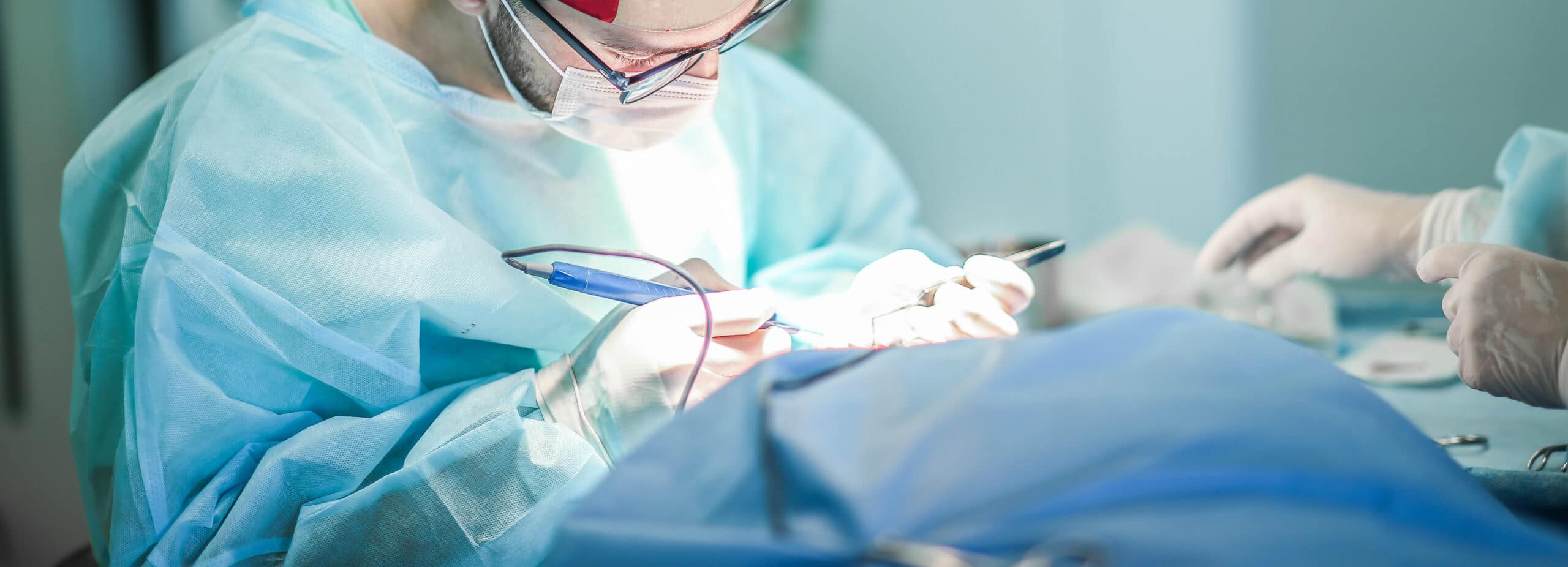Rhinoplasty
- Increase or decrease the size of the nose
- Reduce the nostrils
- Change the silhouette of the nasal septum or the tip of the nose
- Modify the angle between the nose and the upper lip

Rhinoplasty is considered the most difficult operation in facial plastic surgery for several reasons: high technical complexity, important aesthetic and functional repercussions, important psychological-emotional impact.
What is rhinoplasty?
Rhinoplasty is the surgical procedure aimed at modifying the size and shape of the nose. It is a typical example of 3D surgery. It is defined as complete if it aims to modify the three components of the external nose: upper arch (bony vault), middle arch (cartilaginous vault) and lower arch (tip). Partial rhinoplasty is an operation that is limited to one of the 3 components of the external nose, for example partial rhinoplasty of the tip or partial rhinoplasty of the dorsum, which consists of the correction of the so-called "hump" of the nose. Partial rhinoplasty is statistically rare because when, for example, the "hump" is corrected, it is almost always necessary to change the position of the tip.
Before rhinoplasty
It is clear that a correct diagnosis of the aesthetic and functional aspects is an essential requirement for planning the type and extent of rhinoplasty surgery. The quality of the result is largely linked to the quality of the preoperative analysis and evaluation.
Therefore, the preoperative phase of rhinoplasty should be systematic and should include two types of diagnosis:
Functional diagnosis. Nasal obstruction is not only dependent on a malposition of the nasal septum, but also on other anatomical and functional factors that must be accurately diagnosed prior to rhinoplasty surgery by an accurate endoscopic evaluation of the nostrils and - in selected cases - also by a CT scan of the facial mass and possibly by a functional nasal examination.
Aesthetic diagnosis. An accurate photographic study is a substantial element for both the diagnosis and the planning of the operation. Prior to rhinoplasty, fine diagnosis of aesthetic defects is performed on a series of photos in standard poses codified in the international scientific literature. Designing a new nose involves a sophisticated preliminary analysis of several aesthetic parameters. Among the most significant are the position and depth of the root, the height and width of the dorsum, the width of the bony base, the rotation and projection of the tip of the nose, the width of the angle between the columella and the lower lip, the volume and definition of the tip of the nose, the degree of symmetry of the 3 arches of the nasal pyramid, the position of the columella and the width of the wings. There are dedicated softwares that allow the calculation of these parameters and that "help" the surgeon's eye (key element in plastic surgery of the nose) in the detailed definition of the aesthetic defects to be corrected.
Rhinoplasty not only modifies the nose, but also determines changes in the way the eye perceives the mutual relationship of the various aesthetic units of the face. The position of the chin, for example, is as important as it is neglected to obtain an attractive profile.
INTERVENTION TIME
2-3h
BED
Maximum Rest
RECOVERY
1 month without sports
ANESTHESIA
Full
EFFECT
1 month
RESULTS
1 month
The information provided on the website does not replace but rather complements the relationship between the health professional and their patient or visitor and in case of doubt you should consult your reference health professional.
 English
English  Español
Español 